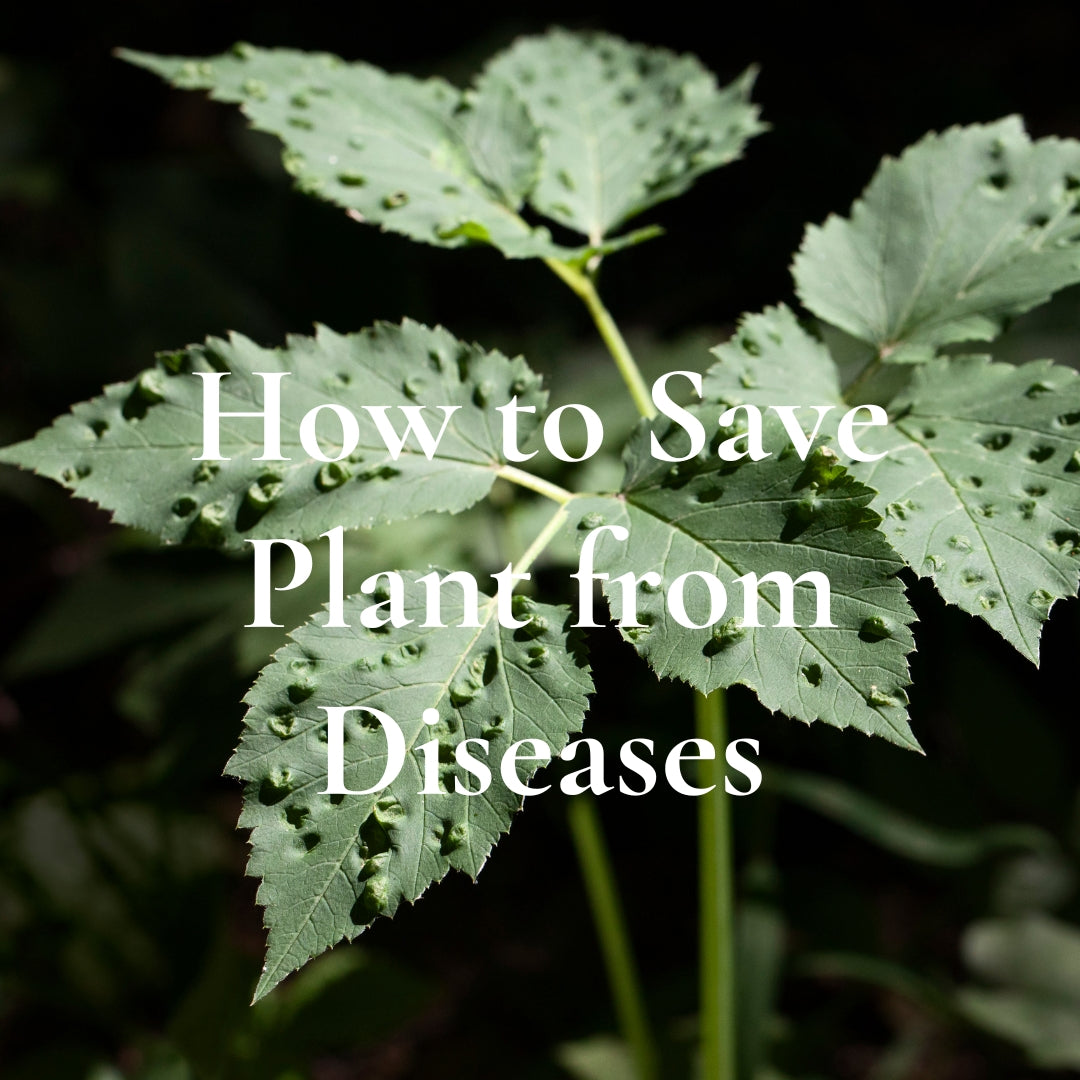Use these tips to learn how to recognize signs of stress and disease in your plants.
From: DK Books - How to Grow
The best way to keep plants free from disease is to grow them in the right conditions, so that they are strong enough to fight off any infections. Clean and sterilize tools and equipment, and prevent diseases from spreading by taking prompt action. Check symptoms carefully—they may just be signs of stress. For natural protection options, see Bio‑Pesticide Collection.

Keep plants healthy by removing any yellowing or marked leaves, fading flowers and dead stems. Pay particular attention to bedding plants (above) and greenhouse crops. To support plant strength and recovery, see Organic Fertilizers.
Preventing Diseases
Before buying a plant, check that it is healthy, and where species are susceptible to certain problems, buy cultivars that are disease resistant, if available. Try to plant in ideal conditions in well-nourished soil of the correct type, pH, and drainage for your chosen plants, and with sufficient sun or shade. Also keep them well watered, especially after planting while they establish. At the first sign of trouble, cut off affected parts, and either burn them or take them to your local recycling center. Regularly remove yellowing leaves and fading flowers, as well as diseased leaves that have fallen to the ground, which may cause reinfection if the spores blow onto healthy plants. If space allows, practice crop rotation in vegetable gardens to prevent disease from building up in localized areas. For fungal issues such as mildew, leaf spot, or blight, see Organic Fungicide Collection.
Cleaning Solutions
Clean cutting tools, including pruning saws, shears, and clippers, regularly with disinfectant to lessen the risk of disease spreading from one plant to another. Clean and sterilize pots, trays, and other equipment used for sowing to prevent damping-off disease, which causes seedlings to suddenly collapse and die. Use new soil and tap water when sowing seeds. Scrub sap from cutting blades with warm soapy water, and use household disinfectant to sterilize them (image 1). This reduces the risk of passing infection between plants. Rinse off old soil and use a baby bottle sterilizing tablet to cleanse containers used for sowing (image 2).


Stress and Viruses
It can be difficult to work out what is wrong with a plant, but some worrying symptoms are a sign that the plant is stressed, perhaps due to a lack of nutrients, or because it has suffered physical or chemical damage. Streaked foliage that does not improve after feeding may indicate a virus. Kill any sap-sucking pests that spread viruses, and discard or burn infected plants. For targeted control of aphids, mealybugs, whiteflies, and thrips, see Sucking Insect Remedies.

Assess Your Plants
Some plants discolour if not properly hardened off, or if grown at too cool or high a temperature. Leaves may turn white or develop red or purple tints. Starved plants also show leaf discoloration and stunted growth. Viruses are commonly spread by sap-sucking insect pests, such as aphids. Typical symptoms are pale-streaked or mottled leaves, and leaf curling or distortion. Flower petals may also be streaked, and fruit and flower production reduced or growth stunted. Remove affected plants and throw in the trash or burn them. For virus-related issues spread by insects, see Bio‑Pesticides.
Brown or blackened shoot tips in spring are signs that a shrub has been scorched by frost. Leave stems to resprout and then cut off the dead material.

Some plants show unusual leaf coloring after a hot, dry summer, or following root damage due to water logging.

Treating Diseases
Taking the right care of your plant patient is an important step toward its recovery. Spraying or removing affected parts all play a part in the process, but ailing plants should also be fed and watered to help them regain their strength. Watch out for pests, which may attack your plant as it recovers, causing it to decline again. For plant nutrition support, see Organic Fertilizers.
Control
Use fungicides sparingly, and follow the manufacturers’ instructions and recommendations for protective clothing. On small and wall-trained fruit trees, where practical to spray, a program of preventive treatment can be helpful to counter a range of diseases. Also, reduce the need for spraying by growing disease-resistant cultivars and providing good growing conditions. If early sowing suffer from damping off, consider drenching your soil with a preventive copper-based fungicide. If organic methods have failed, spray affected plants with a fungicide recommended for the plant. Wear gloves and follow the instructions on the label. For safe options, see Organic Fungicides.

Removing the Problem
Keep a look out for dead wood and torn branches and prune back to healthy tissue. Prune to a bud to reduce the risk of die back and infection. As well as sterilizing cutting equipment, wash your hands in soapy water after handling diseased material. Regularly check stored fruits, vegetables, and flower bulbs and tubers, and remove any that show signs of decay or damage. Prune out diseased wood as soon as you see it, to prevent infections from spreading to healthy tissue. For disease-prevention solutions, see Bio‑Pesticide Collection.








1 comment
Rita Sidhu
Is mybageecha discuss still available…? I want to order something… how to apply this discount